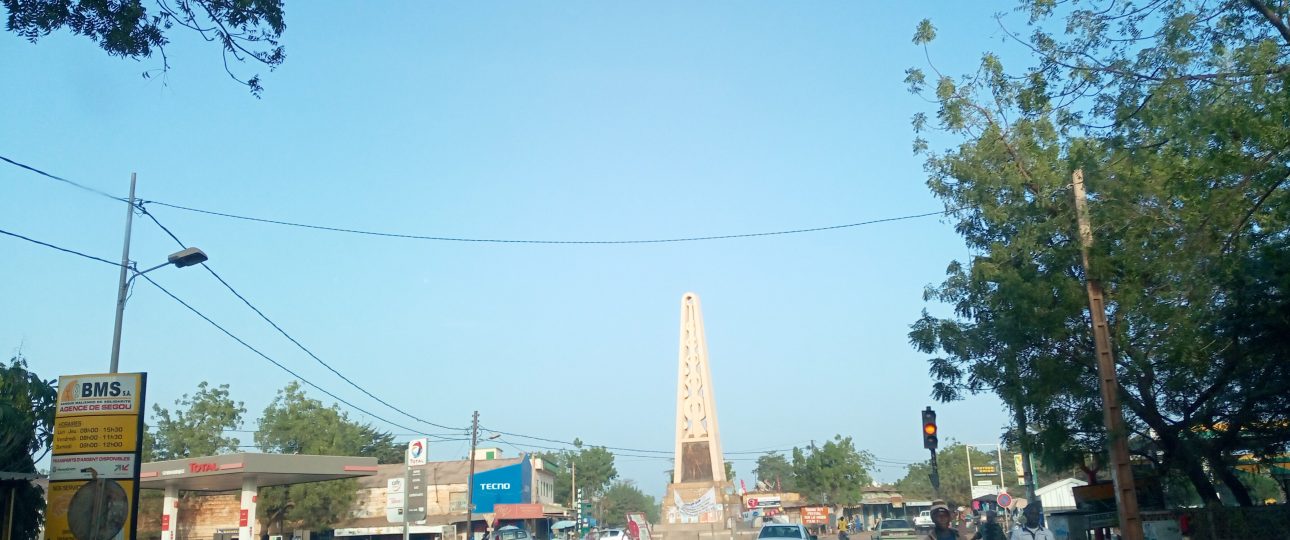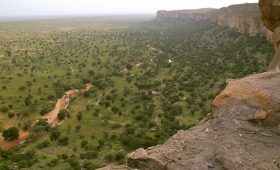Discovering Segou, Mali
History and Culture
Segou, often regarded as Mali’s second city, is steeped in history. Originally inhabited by the Bozo people, known for their fishing skills, the city later became home to the Soninke, Malinke, and finally the Bambara people in the 16th century. Segou was once the capital of the Bambara Empire, a powerful West African kingdom that thrived in the 18th and 19th centuries.
Today, Segou is a vibrant cultural hub. The annual Festival sur le Niger, held in late January or early February, showcases the region’s rich musical and dance traditions. The Segou Festival of Masks is another highlight, featuring performers from various ethnic groups who wear intricately carved masks and perform traditional dances.
Exploring Segou’s Natural Beauty
The Niger River, flowing through Segou, is a focal point for nature enthusiasts. Boat rides and sunset cruises offer a chance to see local fishermen at work and observe the diverse birdlife. For a more tranquil experience, visit the serene lake Fala de Bozo, where you can swim or relax on the sandy shores.
Architectural Highlights
Segou boasts impressive colonial architecture, particularly in the government district. While photography of government buildings is discouraged, a walk along the waterfront from this area to the port offers a glimpse of the city’s architectural charm. The Grand Friday Mosque of Segou, completed in 2009, is another notable landmark and serves as a central gathering point for Friday prayers.
Best Time to Visit
The ideal time to visit Segou is during the dry season, from November to April. The weather is generally pleasant, though temperatures can soar in March and April. Clear skies during this period enhance the beauty of the city and its surroundings.
Getting There and Local Transportation
Segou is approximately 240 kilometers from Bamako, Mali’s capital. Travelers can reach Segou by taking a bus from Bamako, with fares around CFA 2000. Alternatively, river travel to Mopti and beyond is an option, particularly on Wednesdays. Once in Segou, the city center is easily navigable on foot. For reaching outlying areas, taxis are available at reasonable rates (CFA 250-500).
Shopping and Crafts
Segou is renowned for its bogolan cloth, or mud cloth, a traditional Malian craft. The Craft Center along the Mopti road offers guided tours for CFA 500, where visitors can learn about the process and even try their hand at creating their own piece. The center’s shop features high-quality bogolan and other traditional crafts. Street vendors and shops near Hotel L’Auberge also sell a variety of Malian art, including masks and carvings.
Practical Tips
- Segou is a culturally rich city with a deep historical background.
- The Niger River and Fala de Bozo offer scenic natural experiences.
- Visit during the dry season for the best weather conditions.
- Travel from Bamako is straightforward via bus or river.
- Explore local crafts at the Craft Center and nearby shops.



